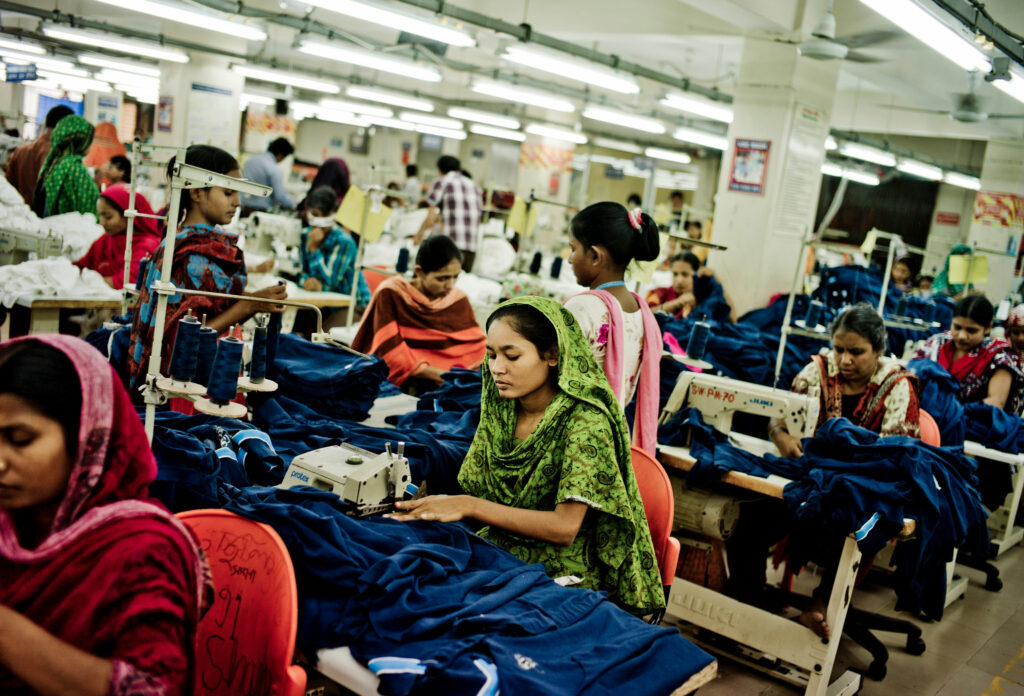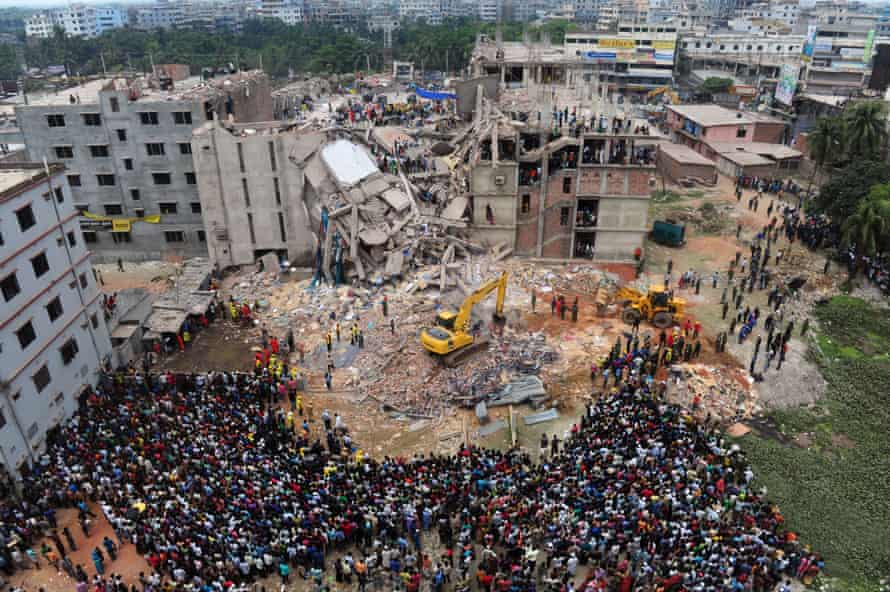Garment assembly employs 40 million people globally. The majority of this labour is carried out in low and middle-income countries which supply a staggering 99% of the world’s clothing. Long working hours, the lack of a living wage, exposure to chemicals and hazardous substances, as well as poor health and safety standards, make many of these textile factories bad workplaces. Improving standards and rights is a priority for the international labour organisation.
The wages
The wages in the industry are often very low and employees are often left without a contract, expected to work excessive hours with no extra pay for overtime hours. The poor pay that these workers receive can be highlighted by the example of the kit of the English football team at the 2018 world cup, which was the most expensive England kit ever. It was sold to fans for as much as €180 while the workers that made the jerseys were working for less than €2 a day. (Clean Clothes Campaign). The impact of covid 19 on this issue is significant. An investigation into wage theft uncovered eight factories that supply household fashion brands with clothing that have failed to pay 9843 workers their wages and legally owed benefits due to the current pandemic (BHRRC).

Chemicals
Workers exposed to toxic chemicals and other hazardous materials has serious effects. Research from the national institutes of health found that exposure to chemicals and heavy metals can cause skin, respiratory, and gastrointestinal issues. A contributing factor can also be a lack of safety procedures and safety equipment. It is essential that restrictions are placed on types of chemicals that are dangerous to human health and that they are replaced with safer alternatives within the industry (Weinstein,2019).
Health and Safety
The catastrophes of the Ali Enterprises in Pakistan, Tazreen Fashions in Bangladesh and the Rana Plaza also in Bangladesh highlight the need for drastic changes to prevent unnecessary deaths and destruction. The workers in garment factories are threatened with unsafe buildings, high temperature, poor ventilation and violence usually in relation to gender. In 2013, the death of 1134 workers at the Rana Plaza led to the establishment of the legally binding accord on fire and building safety in Bangladesh. This helped protect the workers by providing much safer conditions and unions.

References
Weinstein, (2019) Unravelling the Fashion Industry. Green America
Available online: https://www.greenamerica.org/magazine/unraveling-fashion-industry
Clean Clothes Campaign, Unsafe workplaces. Available online: https://cleanclothes.org/unsafe-workplaces
Garment Worker Wage Theft Widespread in Wake of Pandemic
BBHRC Business and Human Rights Resource Centre